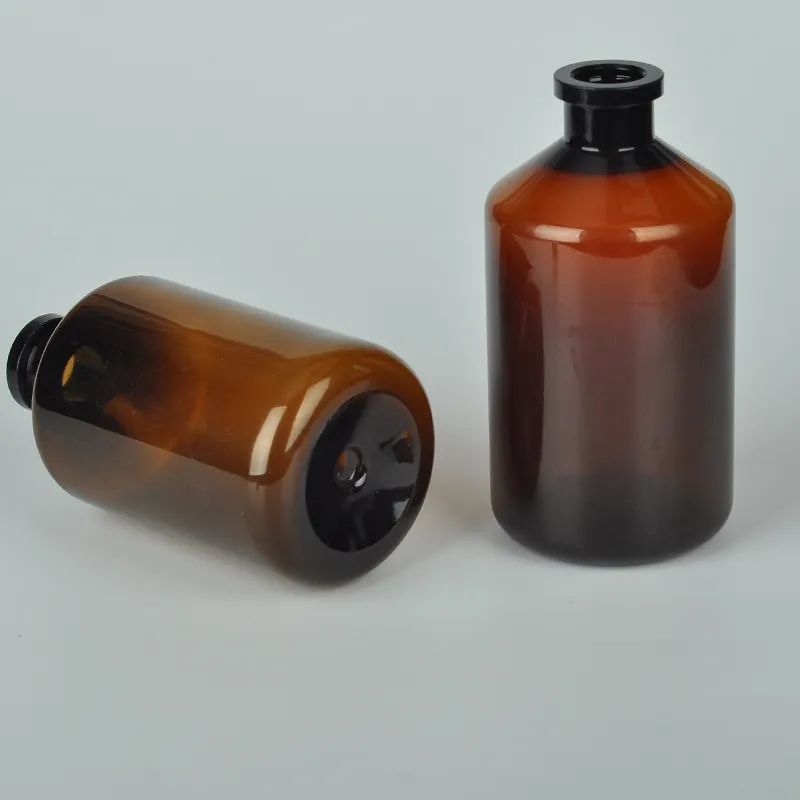https://www.wahmg.com/)">
20 ml disposable scintillation vials
20 ml disposable scintillation vials
The Importance of 20 ml Disposable Scintillation Vials in Modern Research
In the realm of scientific research, particularly in fields like nuclear physics, radiobiology, and environmental monitoring, the choice of laboratory equipment can significantly influence the outcome of experiments. Among the various tools utilized, scintillation vials have emerged as a crucial component, particularly the 20 ml disposable scintillation vials. These vials play an essential role in the detection and measurement of ionizing radiation through the scintillation process which involves the absorption of high-energy radiation and the subsequent re-emission of light.
What Are Scintillation Vials?
Scintillation vials are specialized containers designed to hold scintillation fluids that emit light when they interact with radiation. The 20 ml size is particularly popular due to its versatility and convenience, making it suitable for a range of applications from small-scale laboratory experiments to larger environmental assessments. Typically made of high-quality glass or plastic, these vials are designed to optimize light transmission, ensuring that the scintillation light generated can be accurately measured by scintillation counters.
The Advantages of Disposable Vials
The use of disposable scintillation vials in scientific research presents numerous advantages. Firstly, they eliminate the need for time-consuming cleaning and decontamination procedures, which can be cumbersome and potentially hazardous when handling radioactive materials. By utilizing disposable vials, researchers can significantly reduce the risk of cross-contamination and ensure a higher level of safety in the laboratory environment.
Secondly, 20 ml disposable scintillation vials are often cost-effective. They are available in bulk, allowing laboratories to stockpile them without considerable financial strain. This is particularly beneficial for projects requiring a high throughput of samples, where reusability of vials might not be practical due to contamination from radioactive substances.
Moreover, the uniformity of disposable vials enhances reproducibility in experiments. Each vial comes pre-packaged and free from any impurities that might affect the scintillation process. Consistency in experimental conditions is essential in scientific research, and using disposable vials can help maintain the integrity of results.
20 ml disposable scintillation vials

Essential Applications
The applications of 20 ml disposable scintillation vials are vast. They are commonly used in radioimmunoassays, where they serve as containers for biological samples mixed with scintillation fluid to detect and quantify radioactive substances. Additionally, in environmental monitoring, these vials are instrumental in measuring radioactive contamination in soil and water samples. Here, the high sensitivity of scintillation counting can detect minute levels of radioactivity, providing crucial data for public health and safety assessments.
Furthermore, in nuclear medicine, scintillation vials facilitate the preparation and storage of radio-pharmaceuticals. These vials can securely contain radioactive materials, ensuring safe handling and transportation to clinical settings where they are critical for diagnostic imaging and therapeutic applications.
Environmental and Health Safety Considerations
One of the prominent features of using 20 ml disposable scintillation vials is their role in enhancing safety protocols. Given the nature of the materials often handled within these vials, it is vital to minimize potential exposure to both researchers and the environment. The single-use characteristic of disposable vials means that once they are used, they are disposed of following specific waste management protocols, significantly lowering the risk of accidental exposure to hazardous materials.
Moreover, advancements in the manufacturing of these vials have allowed for the development of biodegradable options, aligning with the growing focus on sustainability within the scientific community. Research facilities are increasingly seeking ways to minimize their environmental footprint, and the introduction of eco-friendly scintillation vials is a step toward more sustainable laboratory practices.
Conclusion
In conclusion, 20 ml disposable scintillation vials are a cornerstone of modern scientific research, offering unparalleled convenience, safety, and efficiency. Their role in enabling accurate radiation detection and measurement cannot be overstated, with applications spanning multiple disciplines from environmental science to nuclear medicine. As research continues to evolve, so too will the technology surrounding scintillation vials, paving the way for even greater advancements in the ability to understand and manipulate ionizing radiation for the benefit of science and society at large. This underscores the importance of investing in quality laboratory supplies that enhance research capabilities while adhering to safety and environmental standards.
-
Wholesale Plastic Juice Bottles with Caps 16 oz Options Available Bulk Packaging SolutionsNewsJun.10,2025
-
Laboratory Apparatus Reagent Bottle – Durable & Chemical Resistant Bottles for Safe StorageNewsJun.10,2025
-
Squeezable Dropper Bottles Durable, Leak-Proof & CustomizableNewsMay.30,2025
-
Affordable Plastic Petri Plates Sterile & Disposable Lab-GradeNewsMay.30,2025
-
Eye Dropper Caps Precision 24/410 & Plastic Bottle-Compatible TipsNewsMay.30,2025
-
Affordable Mini Spray Bottle Price & Wholesale Deals Shop NowNewsMay.29,2025





















